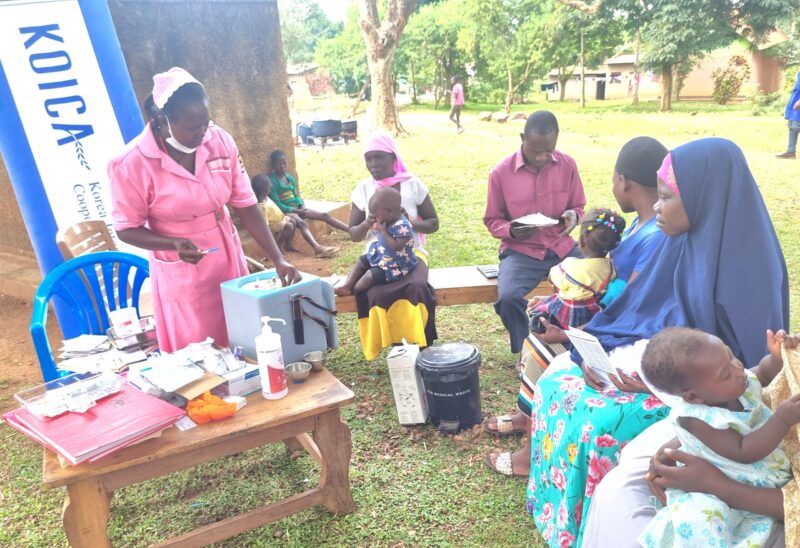

Mothers at Bulamagi health centre III, Iganga district to have their children immunized
Busoga sub-region has recorded a significant reduction in the number of mothers and new-born children who die during and after labour, thanks in great part to a five-year program that was implemented by the World Health Organization (WHO) with funding from Korea International Cooperation Agency (KOICA).
Under the Health System Strengthening to Improve Maternal, Child and Adolescent Health project that was implemented by WHO between 2020 and 2025, the number of mothers and children who perish during and after birth, has almost halved, thanks to deliberate and carefully chosen interventions that improved facilities and empowered health workers at 28 health centres in 5 districts of the sub-region.
The five-year project was implemented in 28 health centres in five districts of Busoga Sub-region thanks to a US$10 million donation from the Korean government through KOICA.
The project helped to overhaul physical infrastructures such as replacing the roofing of the health centres, and refurbishment of facilities such as laboratories, labour wards and beds.
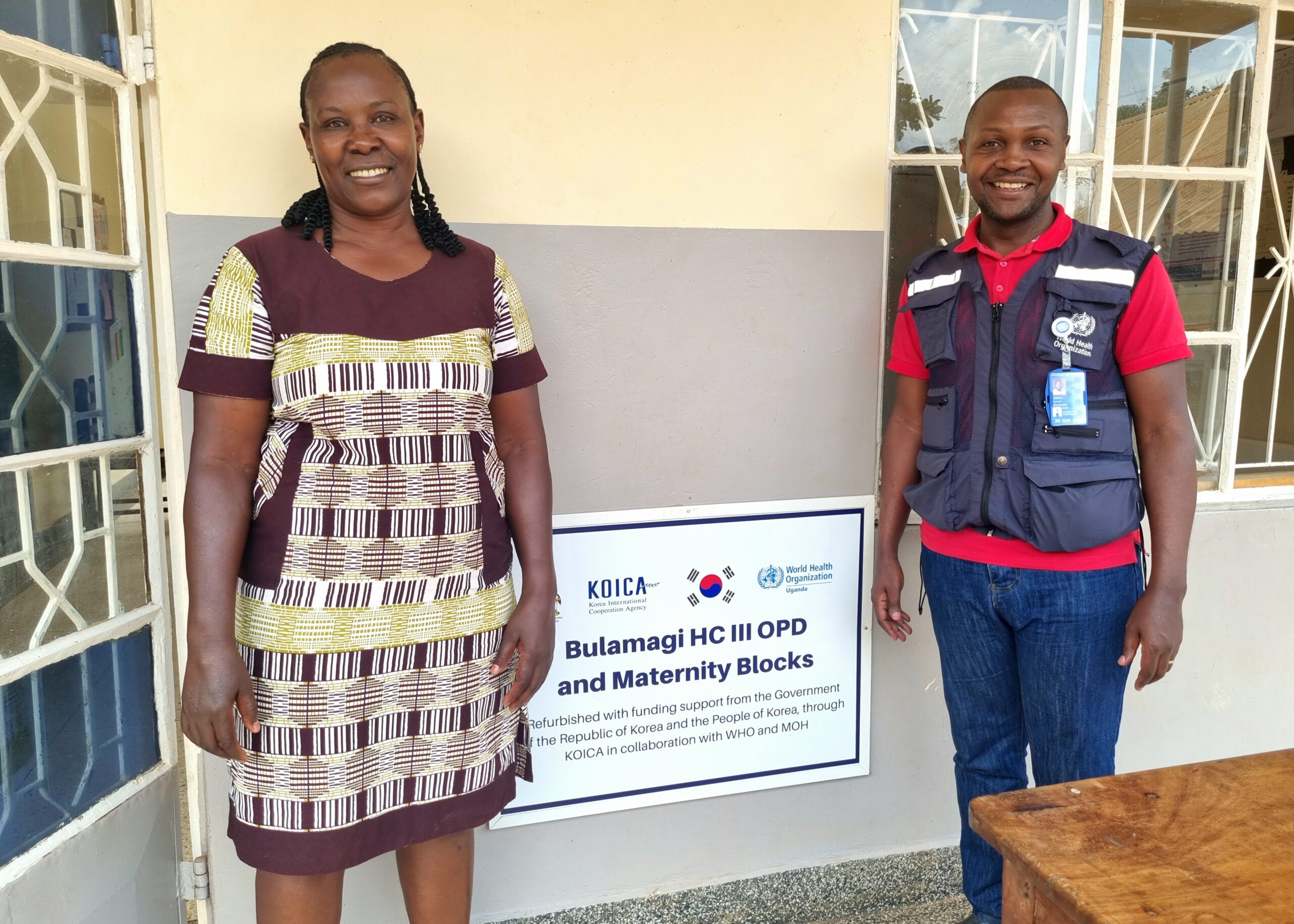
Dr. Rose Baluka, pictured left, the Iganga DHO Maternal and Child health, and Dr. Kenneth Kabali from WHO standing outside the newly renovated OPD building
Equally important perhaps is the fact that the project helped to install water tanks and solar power systems that have succeeded in achieving permanent access to water and electricity, which are critical for the proper functioning of health facilities and more so for the safe handling of maternal and child health complications.
The installation of a solar power system and refrigerators ensures that vaccines are available 24/7.
Dr. Mutekanga Balak the In-charge of Bulamagi Health centre III in Iganga district, told this writer that the number of mothers seeking care at the facility has more than trippled in recent years because mothers are assured of receiving better health services at the facility.
Mutekanga notes further that Bulamagi sub-county and the wider Busoga region are reaping the benefits of the project in terms of improved immunization, reduced maternal deaths and increased morale among health workers.
Dr. Rose Baluka, the Assistant District Health Officer in charge of Maternal and Child Health for Iganga confirmed that the project has gone a long way in trying to reverse the gloomy reality of many mothers in Busoga losing their own lives while trying to bring life on earth.
She expressed gratitude to WHO and KOICA for the assistance.
Dr. Baluka said that before the start of the project, Busoga sub-region experienced rampant labor-related deaths which often arose from reluctance by mothers to go to the government-run health facilities because the facilities lacked functioning laboratories and running water.
“Before these improvements were made, we would record between 30 and 40 maternal deaths in Iganga district. Last year we recorded 15 maternal deaths,” noted Dr. Baluka.
Dr. Kenneth Kabali, from WHO who supervised the project implementation said they chose Busoga Sub-region because it suffered high rates of maternal and child deaths compared to other regions of the country.
“By the time we intervened, Busoga Sub-region had very high rates of maternal and Child mortality,” says Dr. Kenneth Kabali, WHO Sub-region coordinator.
Beyond improving care at the facilities for all patients, the project sought to address the specific challenges that turned mothers especially away from the health centres.
They refurbished the labour wards and equipped them with new beds, installed water systems that use solar power to distribute clean water to labour wards, bathrooms and other areas where water is critical.
Availability of water, as Dr. Mutekanga observed, now helps to ensure the health centre is washed regularly to prevent hospital-acquired infections, but also enables new mothers to bathe and thus avoid puperal infections.
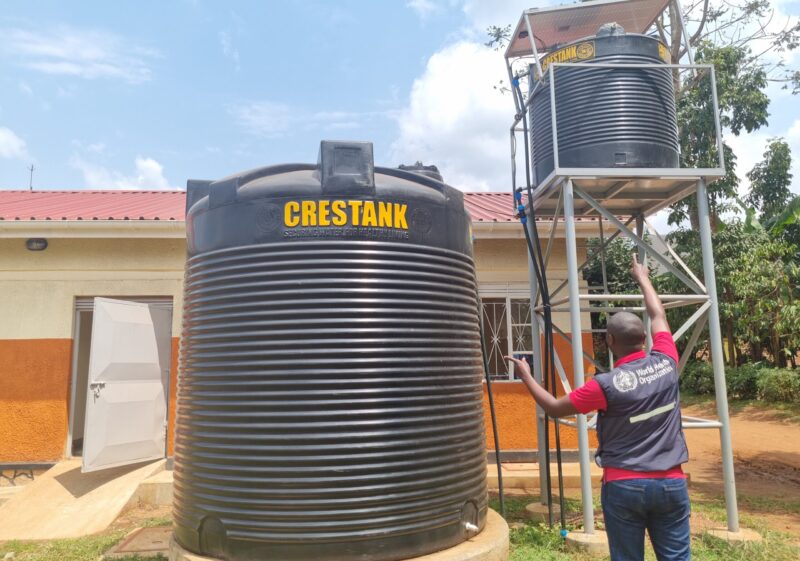
Dr. Kenneth Kabali points to some of the water tanks that were installed at Bulamagi health centre III as part of the KOICA/WHO project
The project also helped to purchase seven ambulances to cover the sub-region and undertake urgent referrals.
Dr. Baluka notes that although each ambulance is attached to a district that helps to maintain it, the vehicles are accessible to all health centres across the district. This is made possible through payment of a small fee by the health center, to cover the cost of fuel to transport an expectant mother to the place of referral.
Evidence
Dr. Balak pointed this writer to recent statistics on maternal and child health at Bulamagi Health centre, that show a marked improvement in ante-natal attendence as well as higher number of children who get get immunized against common diseases.
Data that is displayed at the health centre’s noticeboard shows that the number of expectant mothers who attend ante-natal care in the first three months of pregnancy, has reached 70%, surpersing the national target of 42% of pregnant women who must attend ante-natal care in the first three months.
When it comes to vaccination, the health centre has further recorded an impressive 123% turn up of mothers who have taken their children to be immunized in the past one year, above the national target of 90%.
The marked improvement in vaccination is a direct result of the solar-powered refrigerators that were installed at each of the 28 health centres. The refrigerators help to preserve the vaccines 24/7and ensures that mothers can have their children immunized any day of the week.
As Dr. Balak reveals: “We used to look for children in the villages to have them immunized. We no longer have to do this because mothers are responding positively. In fact we are receiving more children than we anticipate as mothers outside the catchment area of the health centre are also taking advantage of the services.”
Training and continuous monitoring
A number of maternal deaths in Uganda have been attributed to poor services at government-run health centres and corruption-seeking behaviors of health workers, as the Constitutional petition number 16 of 2011 confirmed.
The project sought to address this challenge by training the health workers and midwives to understand their critical role in reducing the preventable deaths.
Beyond the training, as Dr. Baluka notes, that midwives are encouraged to share through a WhatsApp group, any challenge they face while handling complications during and after labour region.
“A midwife can share that she’s facing a certain challenge while handling a patient and peers or the senior personnel can offer instant advice. If the case is too complicated, she can be advised to refer the patient to the hospital,” says Dr. Baluka.



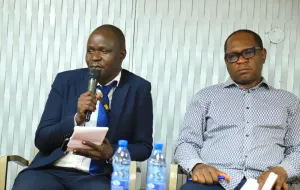

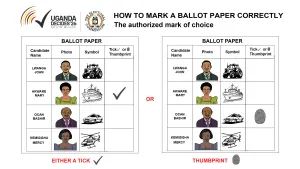


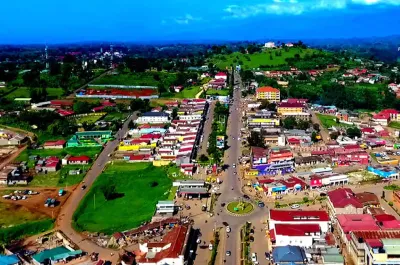


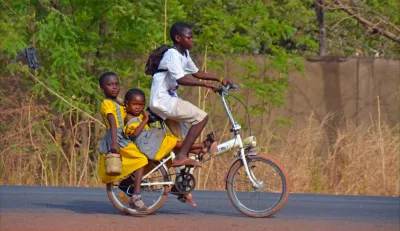
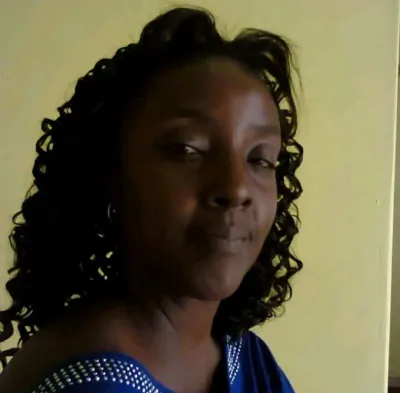
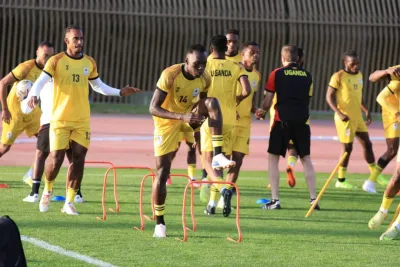
Henry Lutaaya
Leave a Comment
Your email address will not be published.